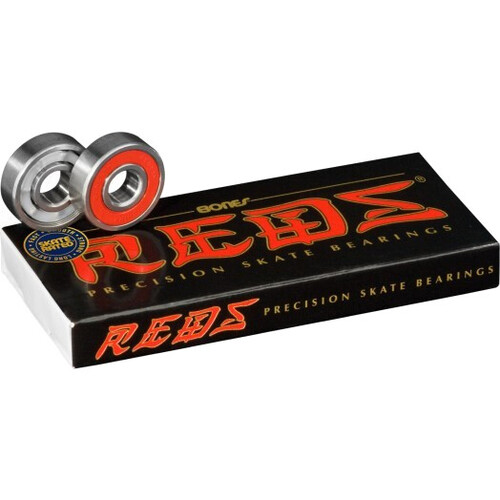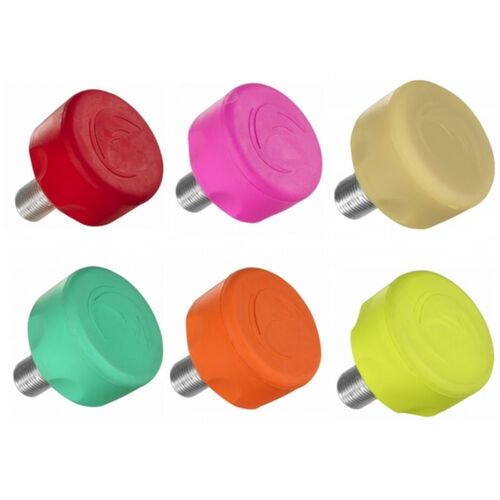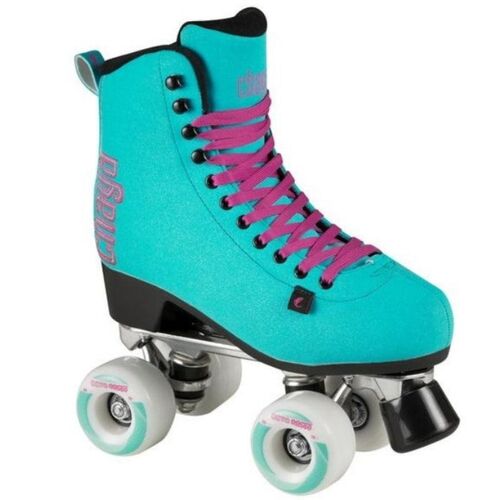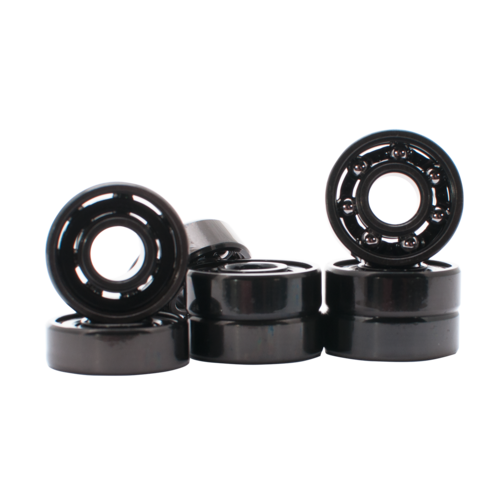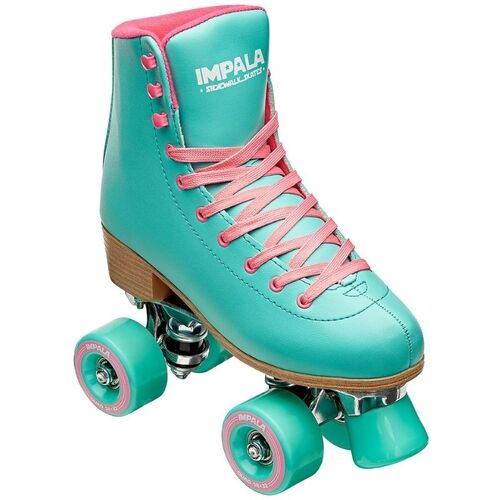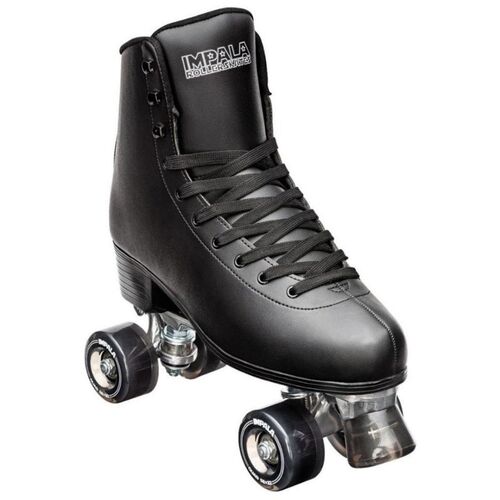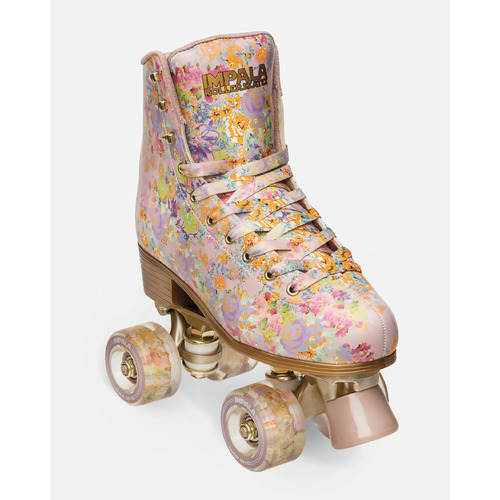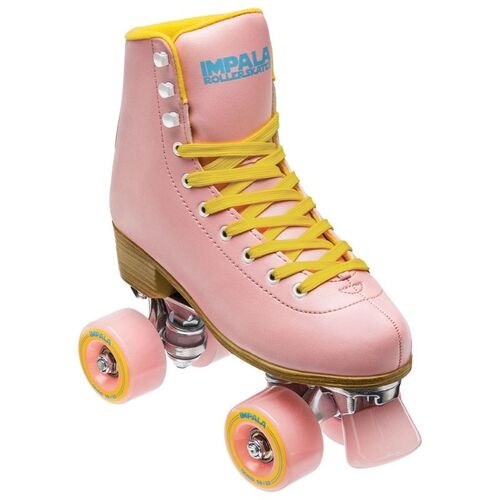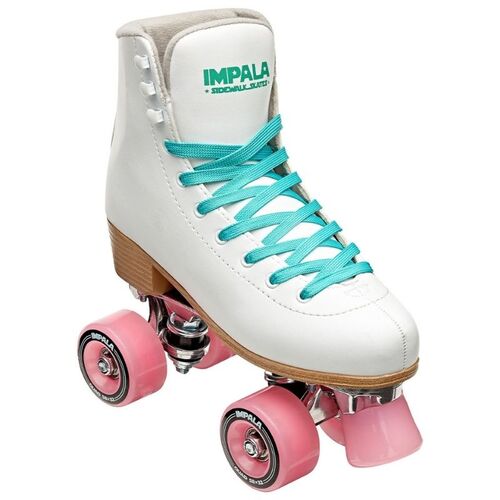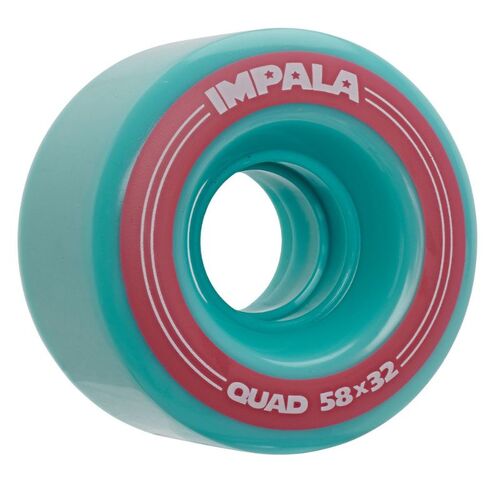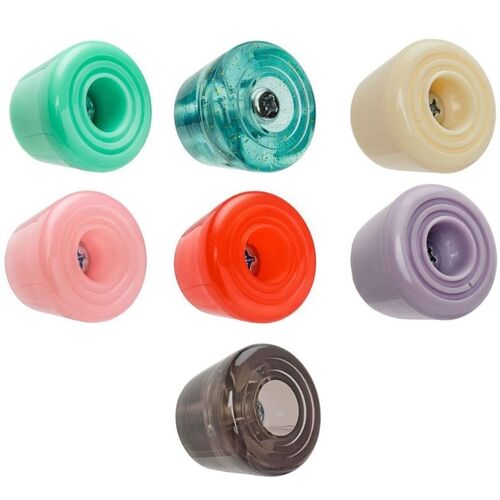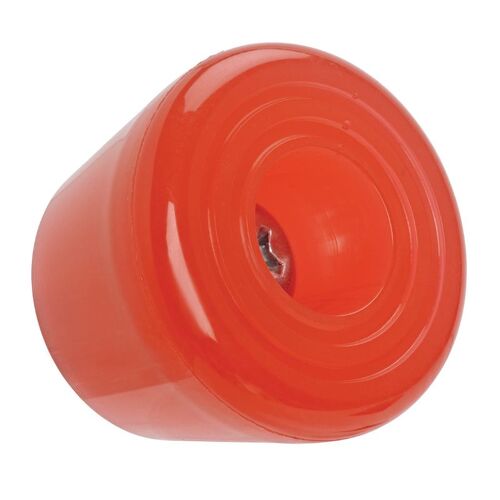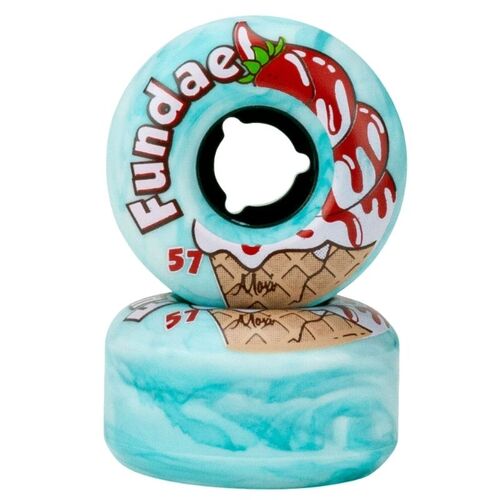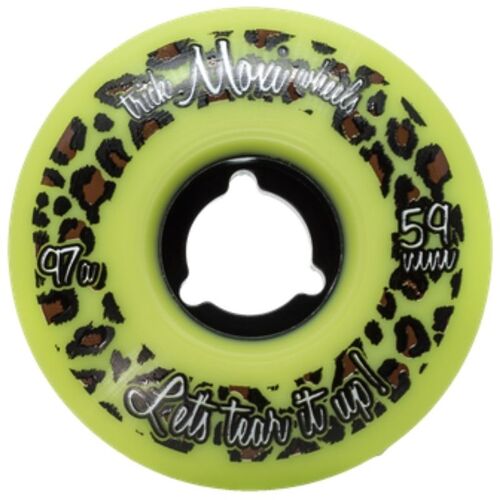Rollerskates
Products
Products
Roller Skating for Beginners:
Choosing a good beginner skate is comfort and support. Look for a padded boot with a nice padded tongue. Also make sure the skates lace all the way up, so that they are nice and tight against your feet and ankles to provide proper support.
As a beginner, you don't want a rollerskate that's going to require too much maintenance or care like changing wheels or toe stops. You want a pair of roller skates that you can just put on and start skating.
With that said, Henrietta recommends the Impala quad skate. For the enthusiastic beginner wanting a good quality, comfortable, stylish and affordable skate you can’t go past the greatly popular Impala quad skate. For more options check out our pre-made roller skates page.
Toe Stops:
Toe stops are the rubber pieces that attach to the front of both roller skates, which allow you to slow down or come to a stop quickly and easily. They are either adjustable or fixed and come in many different types such as the shape, softness/hardness and short/long stems.
Fixed toe stops will have a hole in the centre to tighten the toe stop onto the base (plate) of the roller skate and cannot have their height adjusted. Adjustable toe stops will be a solid piece of rubber with no hole and can be adjusted by screwing it into the base at your desired height and then setting it in place either with a nut or a screw which you then tighten to hold it in place.
The common surface shapes are flat and round which both affect stopping differently. Flat surfaces will make coming to a stop easier as there is more surface in contact with the ground. Whereas a round surface won’t have as much contact and will give a more forgiving stop.
The softness/hardness of the toe stops will affect the overall wear and feel when stopping. Softer toe stops tend to not last as long but provide better control. Harder stops will last longer than the softer type but will have less control overall.
Short stems are suited more towards park skating as they don’t stick out as much as longer stems to not interfere with the more technical skating. Longer stems are able to be screwed out further than shorter stems to give you the ability to have the toe stop closer to the ground to stop quicker.
However, toe stops can tend to be rather bulky and some skaters find that they get in the way. In that case, toe/jam plugs can be installed. They are smaller and not intended to help you stop, but will protect the floor if the toe of your skate comes into contact with it.
Jam Plugs:
Jam plugs are very small and are only designed to plug the hole where a toe stop would be and are not used for slowing down or stopping roller skates. Jam plugs are most commonly used by jam skaters where there is no need for a toe stop as it can get in the way. The use of a jam plug is to protect the base of the roller skate when a toe stop is not needed.
Roller Skate Tool:
A roller skate tool is a three-sided tool that helps you adjust any part of your roller skate to your desired tightness and feel. Lightweight and portable they are easy to carry around and a must-have anytime you go for a skate just in case you need an adjustment.
Wheels:
When starting out with rollerskating the wheels that come with the skates will do the trick as you are learning the basics and getting comfortable. Once you progress in your skills you could then look into changing your wheels to suit your style of skating.
Larger wheels will give you more speed which can be suited more towards park skating as to keep your speed through the bowl, ramps etc.
Smaller wheels will be slower than a larger wheel but will be lighter and can be more suited to slower types of skating such as jam skating or practising tricks.
The harder the wheel the faster you will go but with that comes a more bumpy feel. With a softer wheel it won’t have as much speed but will be a lot smoother and go over bumps and cracks easier.
Wheel shapes can also benefit your style of skating such as trick or dance style skating. Trick wheels will tend to be skinnier and more forgiving in parks and when performing tricks whereas dance style wheels will be a squarer cut to have more contact with the ground to provide you with more stability and grip.
Roller skates have four wheels per skate so remember to purchase eight wheels as some wheelsets come in packs of four. Check out our Rollerskate wheel page for our full selection
Bearings:
Bearings come in two sizes 7mm and 8mm. Most commonly sold and used are 8mm which will fit most skates and 7mm fits older and higher-end roller skates.
When buying bearings make sure to purchase 16 bearings as there are two bearings per wheel and they are generally sold in packs of eight.
Boot:
The boot is the shoe part of the roller skate and comes in two types of cuts.
High Cut - Ankle support and comfort
Low Cut - Lightweight, more agile and faster
The boot upper comes in a variety of materials, leather suede being the most durable which protects the exterior of the boot and prolongs the life of the roller skate.
Grind Blocks:
Grind blocks are attached underneath onto the base (plate) of the skate and allow you to grind on rails, ramps, ledges etc.
Plate:
Plates are the part that attaches to the bottom of the boot and come in two types, either metal or nylon.
Nylon - Affordable and lightweight
Metal - Typically more expensive and heavier but will last longer
Toe Guards:
Toe guards are used to protect your roller skates from the wear and tear of skating and to prolong the life of the skate. They come in a variety of styles and colours and are attached underneath the toe stop and held in place with the front lace.


